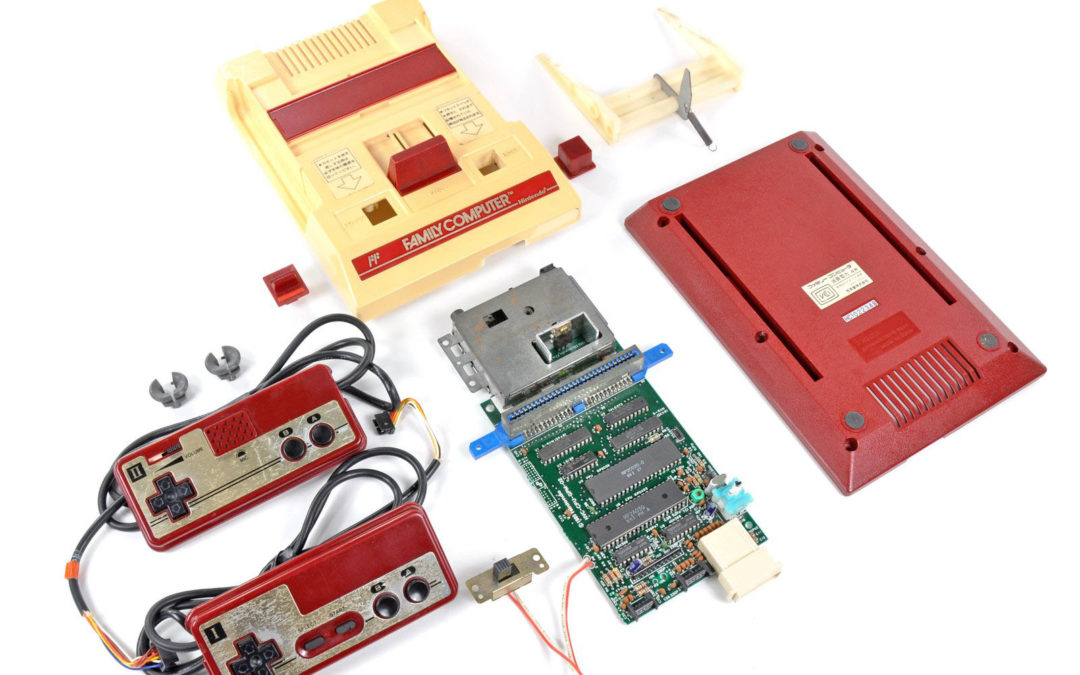
How Nintendo threatened to destroy the early Australian Game industry and Beam Software became an accredited developer for the NES. In 1983, when the Famicom was first released in Japan, Beam Software co-founder and CEO Alfred Milgrom travelled to Japan and acquired some machines. He brought them back to the South Melbourne offices of Beam where Adrian Thewlis, disassembled them.

This web portal forms part of Play it Again 2, a game history and preservation project focused on collecting and preserving Australian videogames of the 1990s. Learn more about the projects aims.
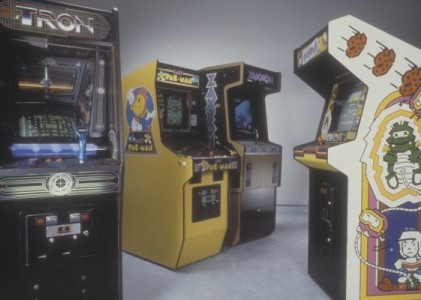
The curation of videogames, their collection and preservation creates new challenges for the Museum. In 2002, Stanford curator of History of Science and Technology and Film and Media collections Henry Lowood called for new institutional and curatorial models capable of addressing videogames. Yet in a 2011 survey on the state of Digital Preservation, authored by Barwick et al reflected that most heritage institutions remain locked into a traditional object based understanding of collecting, and still do not have policies capable of supporting digital artefacts. There are however a number of organisations dedicated to collecting videogames and although they share a purpose in ensuring the preservation of these significant cultural artefacts their curatorial agendas are not identical but reflect the overall philosophies of the institution.
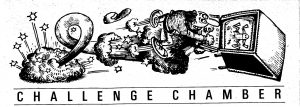
Showcasing gaming achievement was important for many game fans. Home computer fans had no public leader boards like those enjoyed in the arcades but magazines once more came to the rescue of Australian micro computer gamers. Each month with the pages of the Australian edition of PC Games, gamers were invited to send their high scores in ‘Challenge Chamber’.
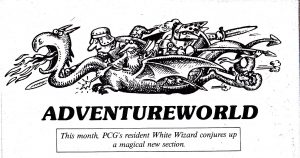
Help columns were a regular feature of computer magazine in the 1980s. As Adventure games were perhaps the most challenging games to play frequently leaving players stuck and unable to progress the Adventure help guru was a must for most game publications. The popularity of “The Hobbit” and the challenges of the Megler’s world and puzzles and the possibilities of Mitchell’s parser saw many column inches dedicated to the game.
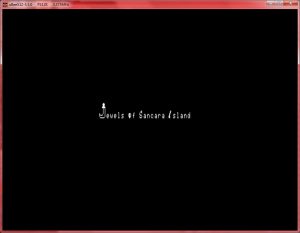 Forgotten what amused your 12 year old self? Rediscover the pleasure of school boy gags and code with this lost game of the 1980s. Matthew Hall‘s Microbee adventure game the “Jewels of Sancara Island” had survived the last thirty or so years as a Turbo Pascal...
Forgotten what amused your 12 year old self? Rediscover the pleasure of school boy gags and code with this lost game of the 1980s. Matthew Hall‘s Microbee adventure game the “Jewels of Sancara Island” had survived the last thirty or so years as a Turbo Pascal...
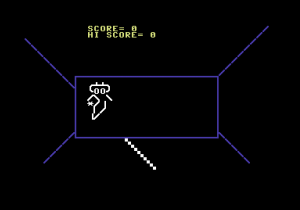
I started making games when I was 8. I got a Commodore 64 for my birthday. And I got one game, which was a game called “The Pit” – it’s rather obscure and it’s really shit – and the other thing I got, of course, was a manual. And so the game I finished very quickly, and then I had nothing else to do so I dove straight into the manual.
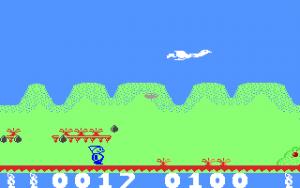
As a teenager I loved the 1980s animated TV series Smurfs, based on the adorable 1950s comic characters. When I got a Commodore 64 I thought “with the power of sprites, surely I could create a game based on Smurfs?” and so for three months in early 1985 I tried to prove to myself that I could.
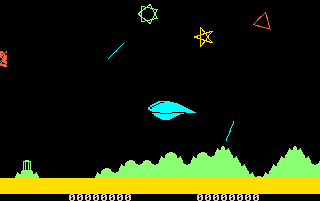
In Part 2 Carl tells us about finally getting his own computer, joining the local computer club and in how his interest in games design inspired him to learn Assembly language and dissemble games studying the works of UK designer Jeff (Yak) Minter.

In Part 1 Carl tells us about where he first encountered computers as a child in Fiji and how he created his first games (and made his first sale) typing listings onto the display machines at his New Zealand home town’s computer shop.
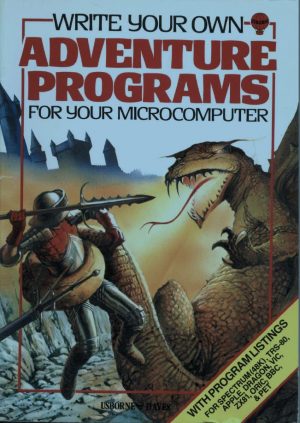
Frustrated gamers playing text adventures would inevitably find themselves at some time typing a string of expletives into the hapless interface only to be rewarded by a snide comment or just more stonewalling from the game. Infuriating and often very punitive on the player the punishing nature of these games made the actual mastery of a text adventure a special pleasure.
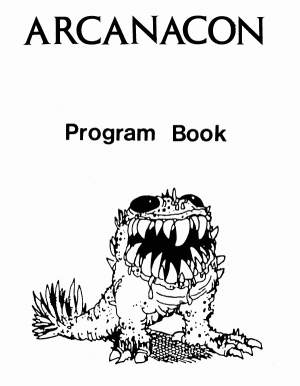
Local role playing games conventions such as Melbourne’s Arcanacon and Canberra’s Cancon were important in the 1980s in bringing together people who were interested in the emerging genre of home computer games. Steve Fawkner, author of the “Warlords” series and “Puzzlequest” games, recalls taking the first computer game he wrote “Quest for the Holy Grail” to a games convention in Melbourne in 1984 and giving it away.
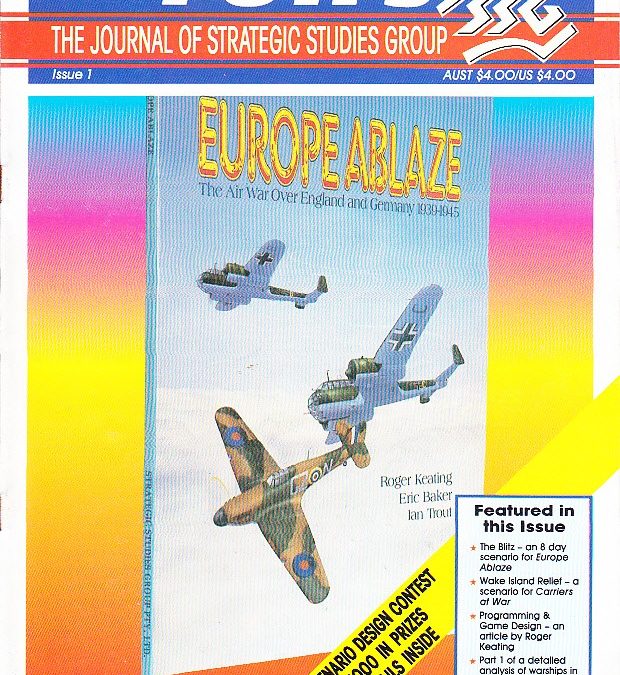
Do you remember SSG’s magazine “Run5”? In the 1980s when gamers wanted to get more out their games, to learn strategies to take their gaming to the next level or play new scenarios they relied on old fashioned print.
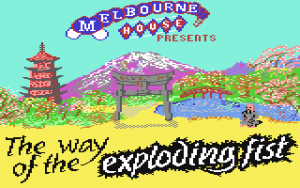
Remember the maddening process of waiting thirty-minutes for a tape to load?
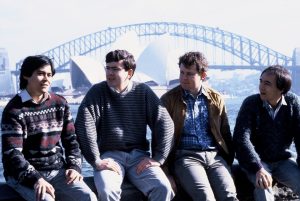 Micro Forté co-founder and CEO John De Margheriti reflects on how, when Micro Forté was established in the mids 1980s, despite the US ‘crash’, they looked to America. They didn’t know of any other Australian games companies. They knew nothing of the UK games scene...
Micro Forté co-founder and CEO John De Margheriti reflects on how, when Micro Forté was established in the mids 1980s, despite the US ‘crash’, they looked to America. They didn’t know of any other Australian games companies. They knew nothing of the UK games scene...
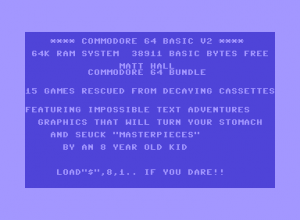 Thanks to the wonders of Aldi stores’ increasingly strange bargains, Matthew Hall of KlickTock has just saved a bundle of his early games for the Commodore 64 from impending demise. Popping into Aldi for some supplies there amongst the groceries was Aldi’s...
Thanks to the wonders of Aldi stores’ increasingly strange bargains, Matthew Hall of KlickTock has just saved a bundle of his early games for the Commodore 64 from impending demise. Popping into Aldi for some supplies there amongst the groceries was Aldi’s...
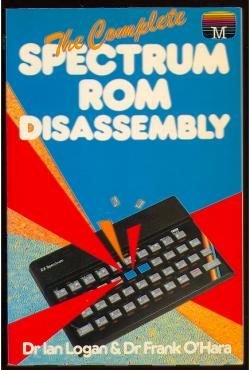 Melbourne House and Beam Software Director Alfred Milgrom sees “Vast cultural, societal difference in what consumers wanted from electronic games” between the mass markets for games in American and UK in the early days. “American consumers were happy to pay for...
Melbourne House and Beam Software Director Alfred Milgrom sees “Vast cultural, societal difference in what consumers wanted from electronic games” between the mass markets for games in American and UK in the early days. “American consumers were happy to pay for...
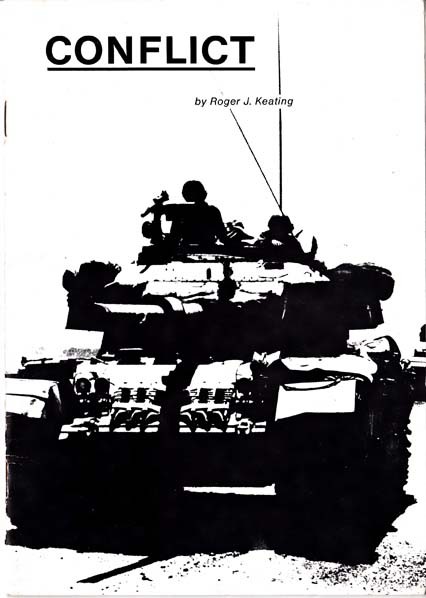
Sydney based games designers and publishers Strategic Studies Group (SSG) founded their Australian studio in 1982. SSG belong to the world of strategy wargames, a popular hobby with its origins in military history and mathematics, and its home (at this time) in America.
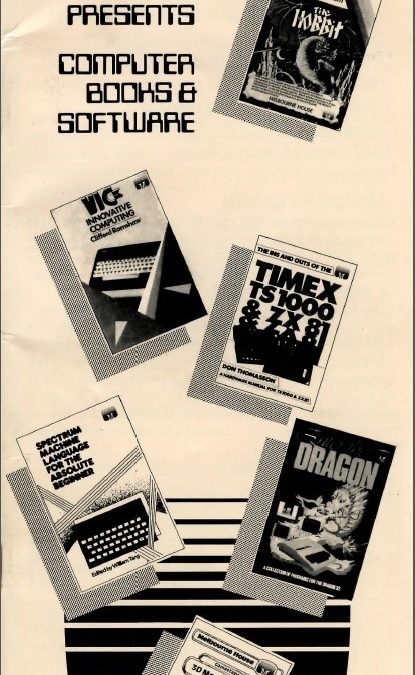
The ‘tyranny of distance’ was the famous phrase historian Geoffrey Blainey used in 1966 to describe his thesis on how Australia’s geographical remoteness shaped the nation’s history, with the country generally viewed as a British colonial outpost on the far side of the planet. Whilst such a legacy would seem hardly germane in the 1980s it is curious that Australia’s colonial roots do play a seminal role in the beginnings of the Australian games industry.
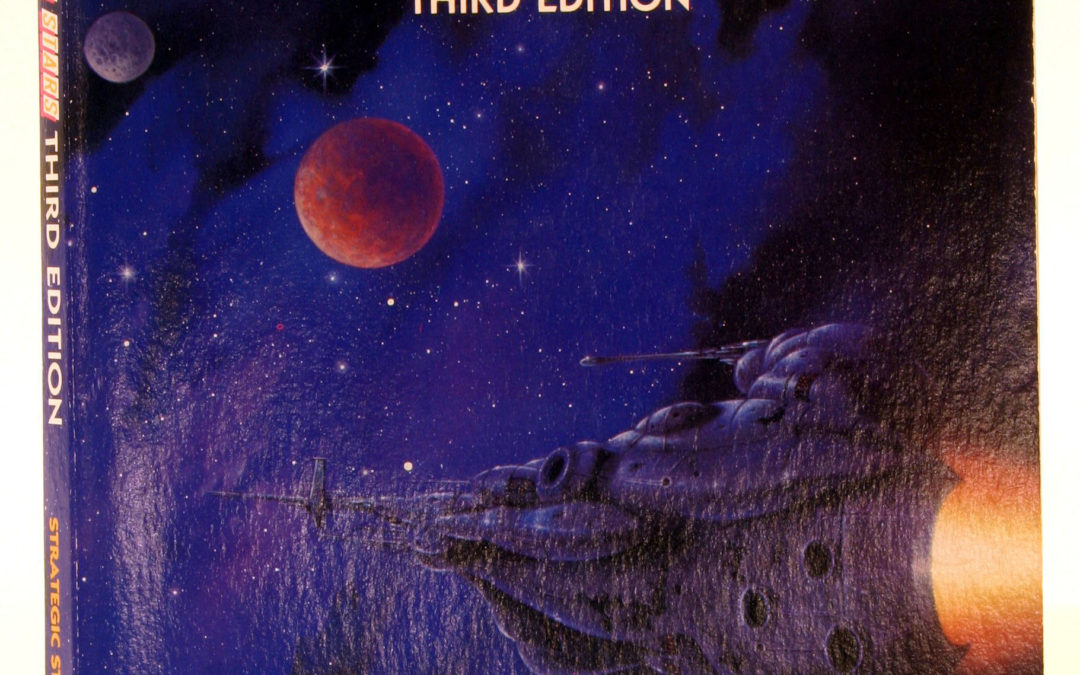
Strategic Studies Group (SSG) was founded in New South Wales in 1982 by wargame specialists Roger Keating and Ian Trout. SSG was both a developer and a publisher. Their first game, “Reach for the Stars” (1983), is identified with launching the 4X genre of space games (eXplore, eXpand, eXploit, eXterminate).




















